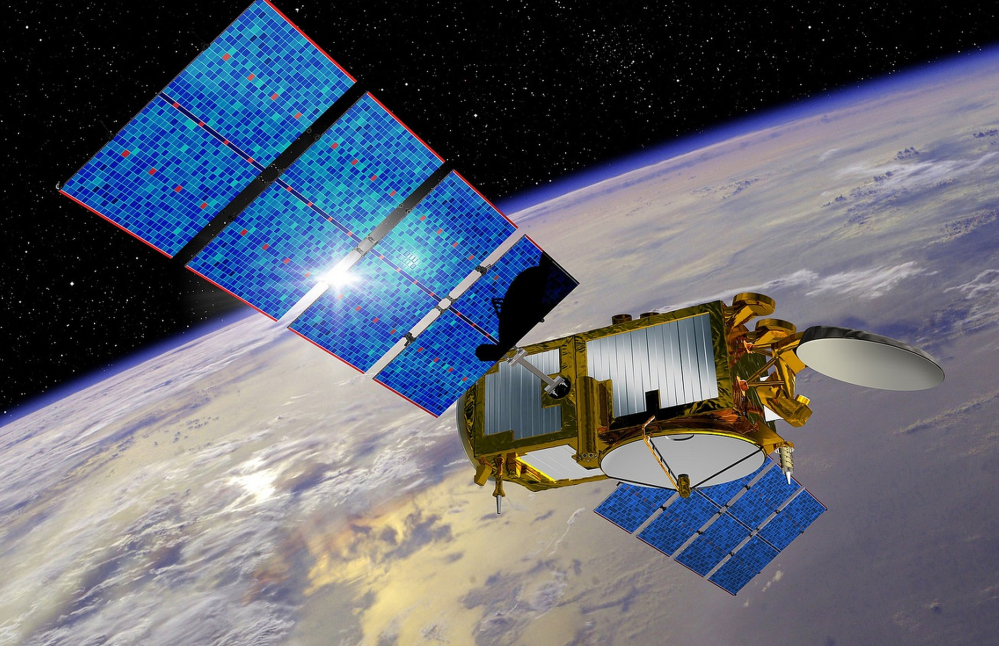LOS ANGELES — The latest in a series of U.S.-European satellites designed to detect and measure ocean phenomena like El Nino is scheduled for launch this weekend aboard a SpaceX rocket that will try to land its discarded first stage on a floating barge.
If the launch is successful, the Jason-3 satellite would continue an unbroken record of more than two decades of sea level measurements from orbit. Liftoff from Vandenberg Air Force Base, northwest of Los Angeles, was planned for a 30-second window at 10:42 a.m. PST Sunday, with a backup opportunity Monday.
Air Force meteorologists predicted 100 percent favorable weather for the launch, NASA said.
As the current El Nino in the eastern Pacific has strengthened, Jason-3 has been stuck on the ground. Its launch was originally scheduled for last August aboard a SpaceX Falcon 9 rocket. However, the launch was postponed after a different Falcon 9 rocket failed during a supply mission to the International Space Station in June. After correcting the problem, a successful launch last month restored Falcon 9s to flight status.
Like its three predecessors, Jason-3 is equipped with a radar altimeter to bounce microwave energy off the ocean and a GPS system to identify the satellite’s precise location. Timing of how long it takes the signal to return indicates sea level height, which rises or falls depending on the temperature of the water.
The data collected can detect the weather-altering El Nino condition and its opposite, La Nina, and are most familiar to the public in images of the Pacific Ocean that use colors to illustrate variations in heat. Other pragmatic uses include measuring global sea level rise, and forecasting the strength of hurricanes, other severe weather and ocean conditions for the shipping industry and in response to oil spills.
“Jason allows us to get the big picture in terms of sea-level change in the years to come,” said Laury Miller, Jason-3 program scientist.
Jason-3 is a project of the National Oceanic and Atmospheric Administration, NASA, the French space agency Centre National d’Etudes Spatiales, and the European Organization for the Exploitation of Meteorological Satellites. It was built by Thales Alenia of France.
Jason-3 will ultimately replace Jason-2, which has been in orbit since mid-2008 and has been tracking the current El Nino.
Send questions/comments to the editors.



Success. Please wait for the page to reload. If the page does not reload within 5 seconds, please refresh the page.
Enter your email and password to access comments.
Hi, to comment on stories you must . This profile is in addition to your subscription and website login.
Already have a commenting profile? .
Invalid username/password.
Please check your email to confirm and complete your registration.
Only subscribers are eligible to post comments. Please subscribe or login first for digital access. Here’s why.
Use the form below to reset your password. When you've submitted your account email, we will send an email with a reset code.